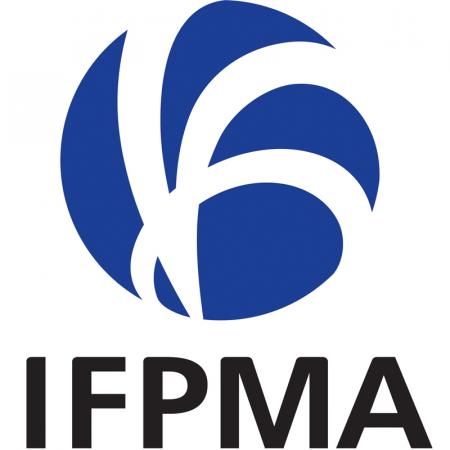Antimicrobial usage among acutely ill hospitalised children aged 2‒23 months in sub-Saharan Africa and South Asia
A study of over 3,100 hospitalised children (aged 2–23 months) in nine hospitals across sub-Saharan Africa and South Asia examined how antibiotics are prescribed. Nearly half (46%) had already received antibiotics before admission, and 91% received them during their hospital stay, covering 93% of all inpatient days. Most received WHO “Access” antibiotics, but over a third (35%) received broader “Watch” antibiotics, and a small proportion (0.3%) received “Reserve” antibiotics—often within 48 hours of admission.
Concerningly, 11% of admissions involved antibiotics given with no clear indication. Factors linked to “Watch” antibiotic use included prior admission, chronic illness, and diagnoses of sepsis or meningitis, but not conditions like severe malnutrition or HIV, despite their links to higher mortality and resistance.
Conclusions: Antibiotic use in acutely ill children is widespread, with some overuse and limited adjustment after initiation, likely due to strict guideline adherence. Updated guidelines that account for local resistance patterns, prior antibiotic exposure, and mortality risk are urgently needed. Clinical trials of risk-based prescribing approaches should be prioritized to improve care and reduce AMR.
AMR NEWS
Your Biweekly Source for Global AMR Insights!
Stay informed with the essential newsletter that brings together all the latest One Health news on antimicrobial resistance. Delivered straight to your inbox every two weeks, AMR NEWS provides a curated selection of international insights, key publications, and the latest updates in the fight against AMR.
Don’t miss out on staying ahead in the global AMR movement—subscribe now!






